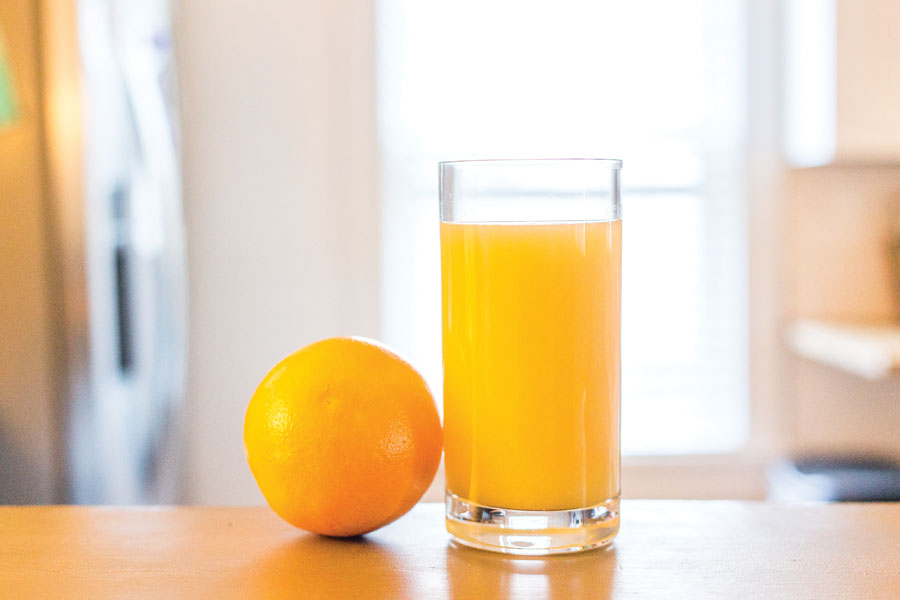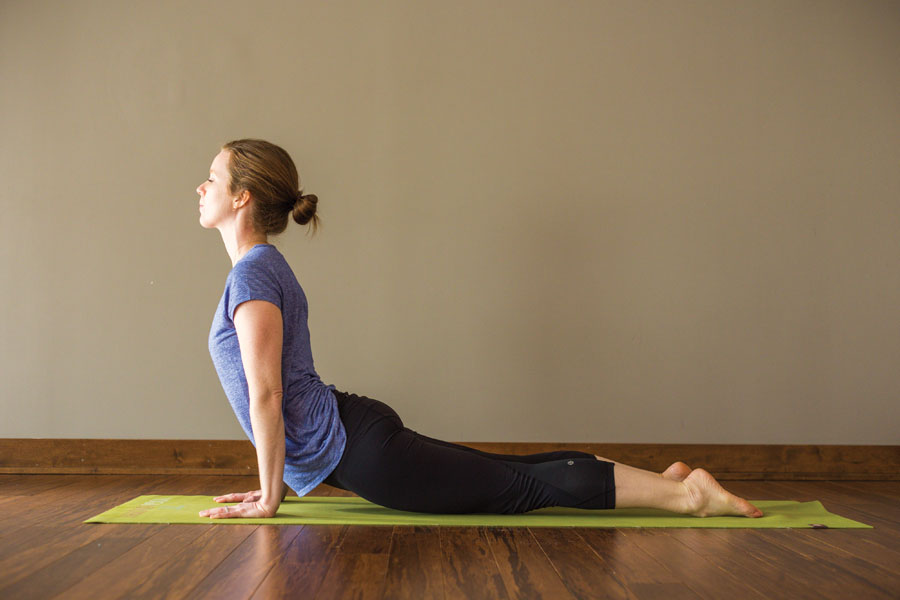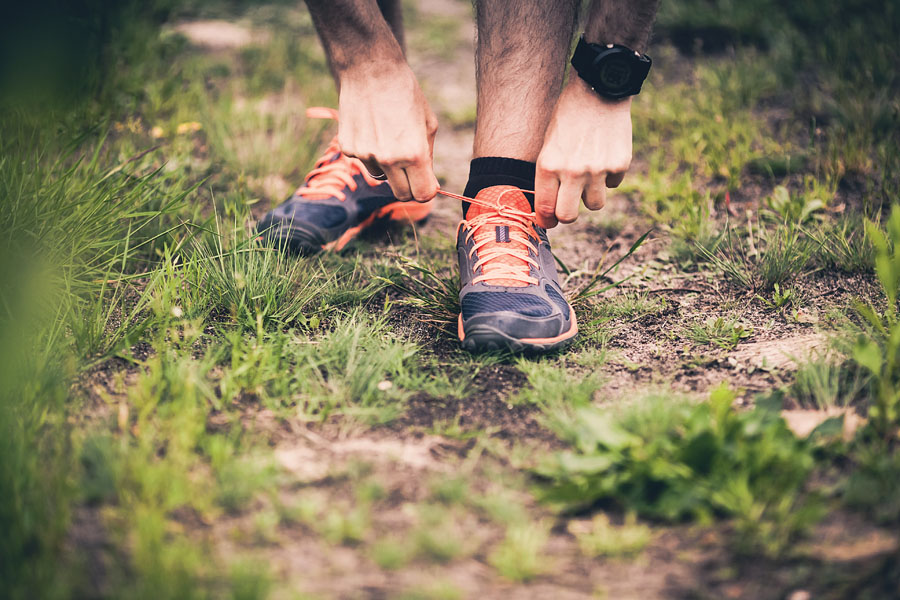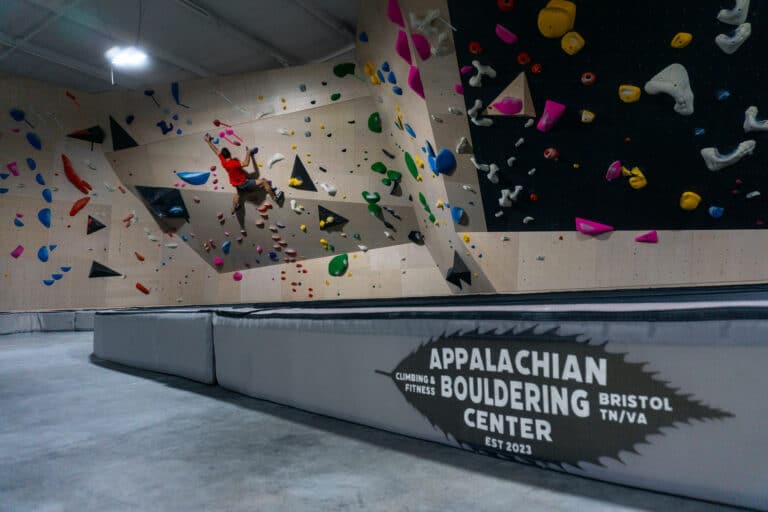Considering taking on a new diet, buying the latest style of running shoe, or saving up for an at-home juicer? Check out what our experts had to say on the five most common health and fitness myths before you do.
1. IF IT AIN’T HURTIN’, IT AIN’T WORKIN’
Expert says: Try, if it ain’t workin, it’s probably because you’re hurtin’ too often and too much.
High-intensity interval training is all the rage in CrossFit gyms throughout the country. With claims to help you get fitter, leaner, faster, it’s no wonder the sweat-till-you-drop regimen has soared in popularity in the past few years. But is intensity really the key to improving performance?
“One of the things that people do far too often is hard intense workouts,” says ZAP Fitness Coach Ryan Warrenburg.
Warrenburg is a distance runner, not a CrossFit buff, but he knows what it takes to get to the top. At ZAP, Warrenburg coaches post-collegiate, Olympic-hopeful distance runners in the mountains of Blowing Rock, N.C., and says that even his elite runners keep high-intensity workouts to a minimum, no more than a few days a week. Why?
“Anytime you work hard, whether it’s running or otherwise, you have to make sure you take adequate recovery time so your body doesn’t just break down,” he says. “Oddly enough, that’s how you get better.”
By “recovery time,” Warrenburg’s not suggesting you veg out on the couch with a complete series box set and a bag of potato chips for weeks on end. In fact, he says, “you’re going to recover faster if you actually move your legs a little bit,” like going for a walk or swim or even hopping on the elliptical for 20 minutes. But after a serious training cycle or race, Warrenburg says that if you don’t take the proper time to rest, your cortisol levels will go up, your muscle tissue will break down, and your bones will become more prone to stress fractures and injuries.
“Everything we’ve ever learned in life kinda says if you’re not getting results, you need to work harder,” he says. “It becomes this cycle of banging your head against the wall and you’ll see it time and time again when [athletes are] not improving and consequently they get frustrated with their performance.”
Bottom line: “Think of intensity and volume as two sides of a scale,” Warrenburg says.
Decrease the intensity, and up the volume. For example, if you’re running 30 miles a week, no more than 10 of those should be high-intensity. How do you measure what qualifies as “high-intensity?”
“You wanna be doing a workout at an intensity where you end and you feel like you could have done a little more. Work pretty hard, but leave a little in the tank.”
2. THE JUICE IS WORTH THE SQUEEZE
Expert says: Sure if you’re squeezing for type two diabetes.
In an era of juicing detoxes, at-home juicers, small-batch juice companies, and cold press juice bibles, it seems logical to think that crushing an eight-ounce glass of fruit medley would suffice for the five a day quota. But recent research shows that juice, specifically fruit juice, is not the elixir of life it’s squeezed out to be.
“Fruit juice, once it’s squeezed, is essentially sugar water,” says Dr. Barry Popkin, W. R. Kenan Distinguished Professor of Nutrition at the University of North Carolina and author of The World is Fat: The Fads, Trends, Policies, and Products that are Fattening the Human Race. “It has a few vitamins, but they get lost and make no impact on us. It’s like drinking a coke or Pepsi.” That’s right. Juice is no better than coke. So the next time you reach in your wallet to pay $12 for some apple-orange-spinach concoction, consider this: in one eight-ounce can of coke, there are 21 grams of sugar. In one eight-ounce glass of apple juice? 22 grams.
That’s right. Juice is no better than coke. So the next time you reach in your wallet to pay $12 for some apple-orange-spinach concoction, consider this: in one eight-ounce can of coke, there are 21 grams of sugar. In one eight-ounce glass of apple juice? 22 grams.
For the past 25 years, Popkin has dedicated his work to addressing this beverage crisis that has everyone from doctors to politicians concerned about the future of America’s obese. He says that overconsumption of fruit juice, specifically, can lead not only to weight gain but also to an increased risk of diabetes and cardiovascular disease. What’s more, the vitamins and fibers you normally absorb by eating a piece of fruit disappear almost instantly the moment you cut into it.
“It’s all juice, whether it’s from a juice bar or a home juicer or a bottle or can bought in a grocery store,” Popkin adds.
He says that a regular glass of orange juice, which is the equivalent of about five oranges, doesn’t fill you up like eating five oranges would. Because of this, Americans aren’t only ingesting more calories and sugar when they drink juice, they’re also not cutting back on their food intake.
Bottom line: Eat fruit, don’t juice it. And for all you kale freaks out there, don’t sweat. Popkin and his colleagues’ studies have nothing to say about taking a pound of kale and juicing the heck out of it. So what is Popkin’s advice on how to get your daily dose of veggies?
“It would be better to eat them than to juice them.”
3. YOGA IS FOR WANNA-BE HIPPIES AND GRANOLA-LOVING MILLENNIALS
Expert says: Please. When was the last time you flipped on the television or scrolled through your newsfeed? Everybody does yoga. Former NFL linebacker Keith Mitchell. NBA all-star LeBron James. Even actor Robert Downey, Jr. gets down on some power-flow yoga.
“I think people hear ‘yoga’ and they associate it with somebody meditating with incense,” says Girls At Play founder and former World Freestyle Championship bronze medalist Anna Levesque.

Levesque has been practicing yoga for nearly 20 years, and kayaking for just as long. She says were it not for yoga, she feels confident that now, at age 41, her body would be feeling it.
“I once had a yoga teacher say, ‘if I had to build a contraption that would ruin hips and hip flexors, I’d build it in a way that would make you sit externally rotated where you have to grab something with your inner thighs.’ That’s essentially how you sit in a kayak,” she says.
Over the years, yoga has helped Levesque regain strength in overused muscles, and build strength in underused ones. It has also improved her balance, core strength, and recovery times. But the most important thing she’s found in her yoga practice is, quite simply, routine.
“It helps to create a routine and routine is really important inconsistency in performance,” Levesque says, citing her best freestyle results as examples of times when yoga was regularly incorporated into her daily regimen.
By nature, athletes are drawn to movement, but Levesque warns against vinyasa and ashtanga classes, saying that the power flow characteristic to these styles might afford a workout, sure, but may not be as beneficial as methodical, alignment-based practices. Still, Levesque says that any yoga is better than no yoga.
Bottom line: “There’s no right or wrong,” Levesque says. “I think it’s important to not be so rigid with [your practice]. If all you can do is one or two poses before you go to bed, that’s great.”
4. CUT THE CARBS, PUMP UP THE PROTEIN
Expert says: What kind of a life is one without bread? Or pasta? In the wake of pro-protein, pro-fat diets like Paleo and Atkins, people are now, more than ever, apt to cut the carbs to shed the pounds. But according to Asheville-based dietician and nutritionist Kendra Gaffney of Nutritious Thoughts, forgoing, or substantially increasing, any one of your three basic macronutrients (carbohydrates, proteins, and fats) can lead to serious health implications down the road.
“The recommended percentage of protein intake is 10-20 percent,” Gaffney says. “Paleo pushes that recommended boundary, averaging 25-35 percent, which could eventually cause kidney disease or kidney failure just based on the amount of protein your body is being forced to digest.”
Gaffney says carbohydrates earned a bad rep after the low-fat diet craze of the ‘70s, when sugar was added to low-to-no-fat, carb-heavy foods. The resulting studies showed the diet had an adverse effect on health, which was good news for fat, bad for carbs.
“Elimination of carbohydrates is pretty detrimental to the body,” Gaffney says, citing the recommended 45-65 percent range for daily carb-based caloric intake. “If we eliminate them completely, our body is going to have a huge deficit and have a hard time functioning. It’s like not putting gas in your car.”
Instead, Gaffney advises individuals to be mindful of maintaining a balance across the board between carbohydrates, proteins, and fats. No one diet, she argues, is a cure-all and the diet industry certainly doesn’t have your best interests in mind.
“The issue with dieting is it’s a great platform to make a lot of money because people are really into appearance and weight,” she says, “but the fact is that it’s a $65 billion industry with a 98 percent failure rate.”
This means new trends and new diets aren’t going away any time soon. Up next? Intermittent fasting, a diet that requires spells (sometimes more than 14 hours at a time) without eating anything at all. Gaffney, who specializes in weight management, sports nutrition, and eating disorders, fears that intermittent fasting may cause troubling side effects.
“Creating that long space of not nourishing the body can really play with the mind,” she says. “Blood sugars are low, your mind is cloudy, and when that happens, we make poor decisions. I worry about people sliding through that fasting day and then eating everything they lay eyes on the next.”
Bottom line: Most diets aren’t sustainable. What works for one person may not work for you. The key to fueling your body is finding balance, eating whole foods, and drinking water.
“Nourishment is individualized and a lot of times, we like to blame food,” Gaffney says. “Keep a food log that has physical feelings also. Replenish with protein and carbohydrates.”
5. I CAN ONLY RUN IN CUSHIONED SHOES
Experts say: Hold up. Let’s get something straight. Who does the running? You? Or your shoe?
“Runners run,” says Dr. Mark Cucuzzella, Professor of Family Medicine at West Virginia University School of Medicine and owner of Two Rivers Treads, the first minimalist footwear store in the country. “Shoes don’t run, so our focus is on the real equipment of a runner. Their body.”
Cucuzzella’s philosophy is simple—get rid of the cushion and learn how to land. According to Cucuzzella, as children, we were all well versed in the ways of what he calls “impact moderating behavior,” in other words, landing. Over time, we ran barefoot less, bought fancy shoes with heels and cushion, and largely allowed the mainstream footwear industry to dictate what we think our feet need.
The problem? The footwear industry was, and still is, wrong.
“In 2000, I had bad arthritis in my feet,” Cucuzzella says. “I had operations on both of my feet, and the medical opinion at that time was, don’t run. But I was a doctor, and knew off the bat that most of what we learned in medical school was wrong.”
Cucuzzella started studying runners in East Africa and decided to swap his squishy shoe for a minimalist design. He began jogging again, lightly at first, slowly building on more miles but with significantly less pain. Now, at 50 years old, Cucuzzella is still running, and not just leisurely. He can crank out a marathon in the 2:40 range, and doesn’t have any plans of quitting any time soon.
Cucuzzella’s story proves what Harvard graduate and OESH shoe founder Dr. Casey Kerrigan has been saying all along—more cushion doesn’t mean less pain. Kerrigan began studying the physiology of walking and running in the late ‘90s during a time when research in the field was practically non-existent. Her findings?
“The more you alter the traditional shoe design and try to cushion impact, you actually do the opposite of what shoe companies are advertising,” she says. “When you are giving the biggest injurious forces to your joints is when your weight is fully planted over your foot mid-stance,” which, according to Kerrigan’s research, can’t be solved with more cushion.
Cushioning, cradling, and arch support are the three biggest and most common problems with modern-day shoe design, never mind heels, which, according to Kerrigan, increase knee arthritis by 26 percent.
Bottom line: Look for lifestyle and active shoes that are flat front-to-back, and side-to-side. While barefoot-style shoes are a step in the right direction, Kerrigan suggests finding shoes with a sole made from responsive, springy material that will help support and strengthen your feet.








